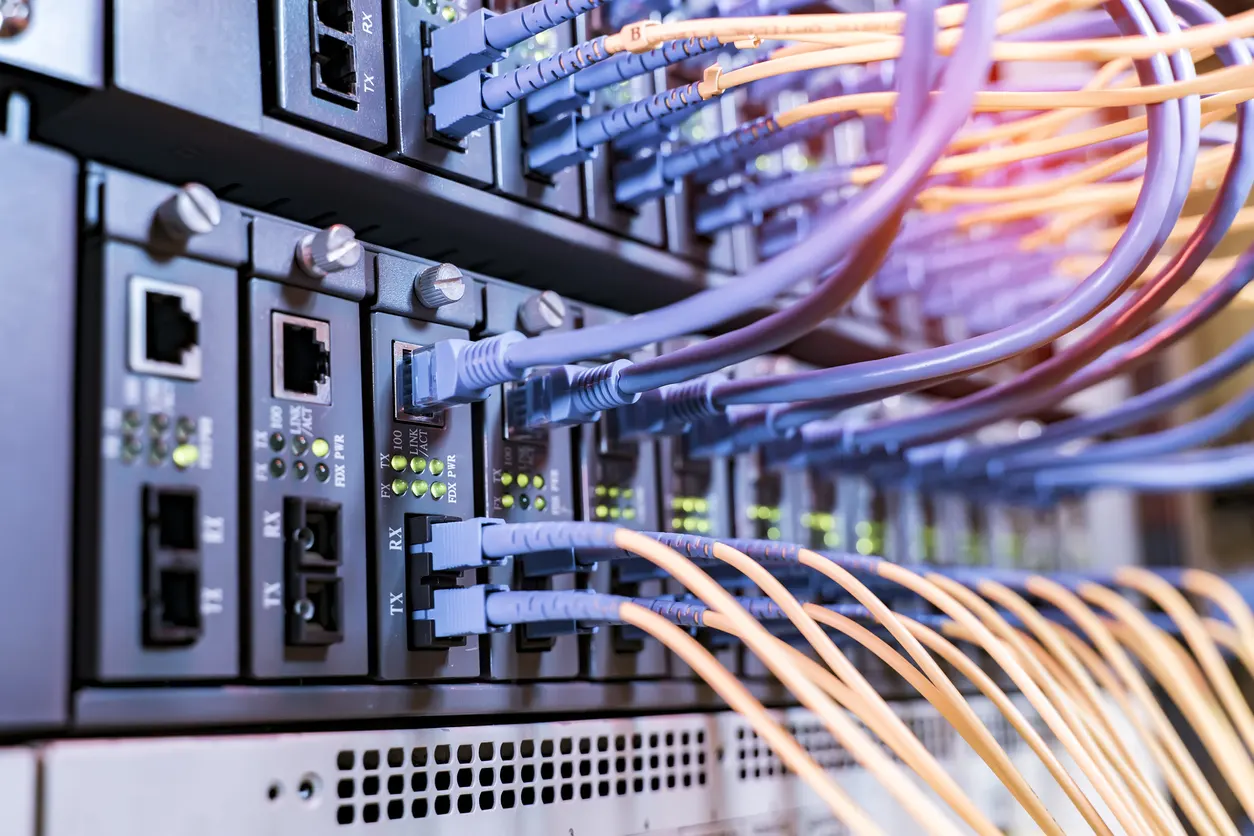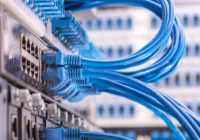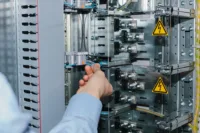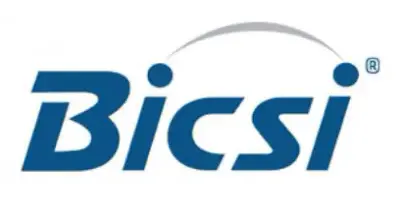
Fiber optic cabling is a type of cabling that uses light to transmit data. This makes it much faster than traditional cabling methods, which use electrical signals.
Fiber optic cables are made up of very thin strands of glass or plastic, which are arranged in a core and surrounded by a cladding layer. The core is where the light travels, and the cladding helps to keep the light focused.
To send data using fiber optic cabling, a light source (such as a laser) is used to encode the data into pulses of light. These pulses are then sent down the fiber optic cable. At the other end, the data is decoded from the light pulses and sent to its destination.
Fiber optic cabling is often used for long-distance data transmission, as it can cover much greater distances than electrical cabling. It is also less susceptible to interference, making it ideal for use in environments where there is a lot of electrical activity (such as power plants).
Fiber optic cabling can be used for a variety of applications, including computer networks, telephone systems, and cable TV. It is also becoming increasingly popular for use in home networking, as it can provide very fast data speeds.
If you are thinking about upgrading your business’s cabling system, fiber optic cabling is definitely worth considering. It can provide a significant speed boost to your communications, and is more reliable than traditional cabling methods.
For more information about Fiber Optic options in Prescott & Flagstaff please contact Aspen Communications today.











